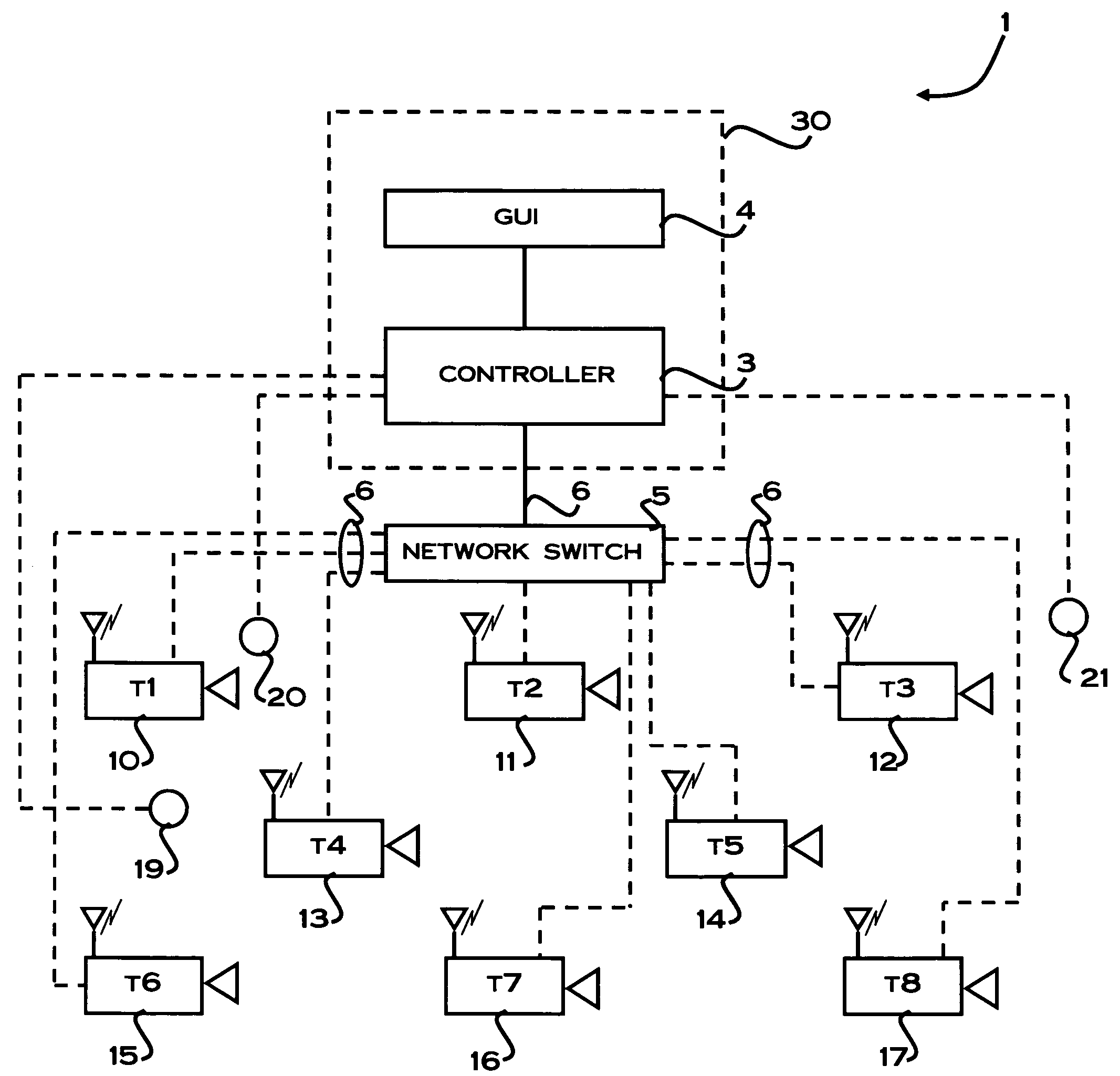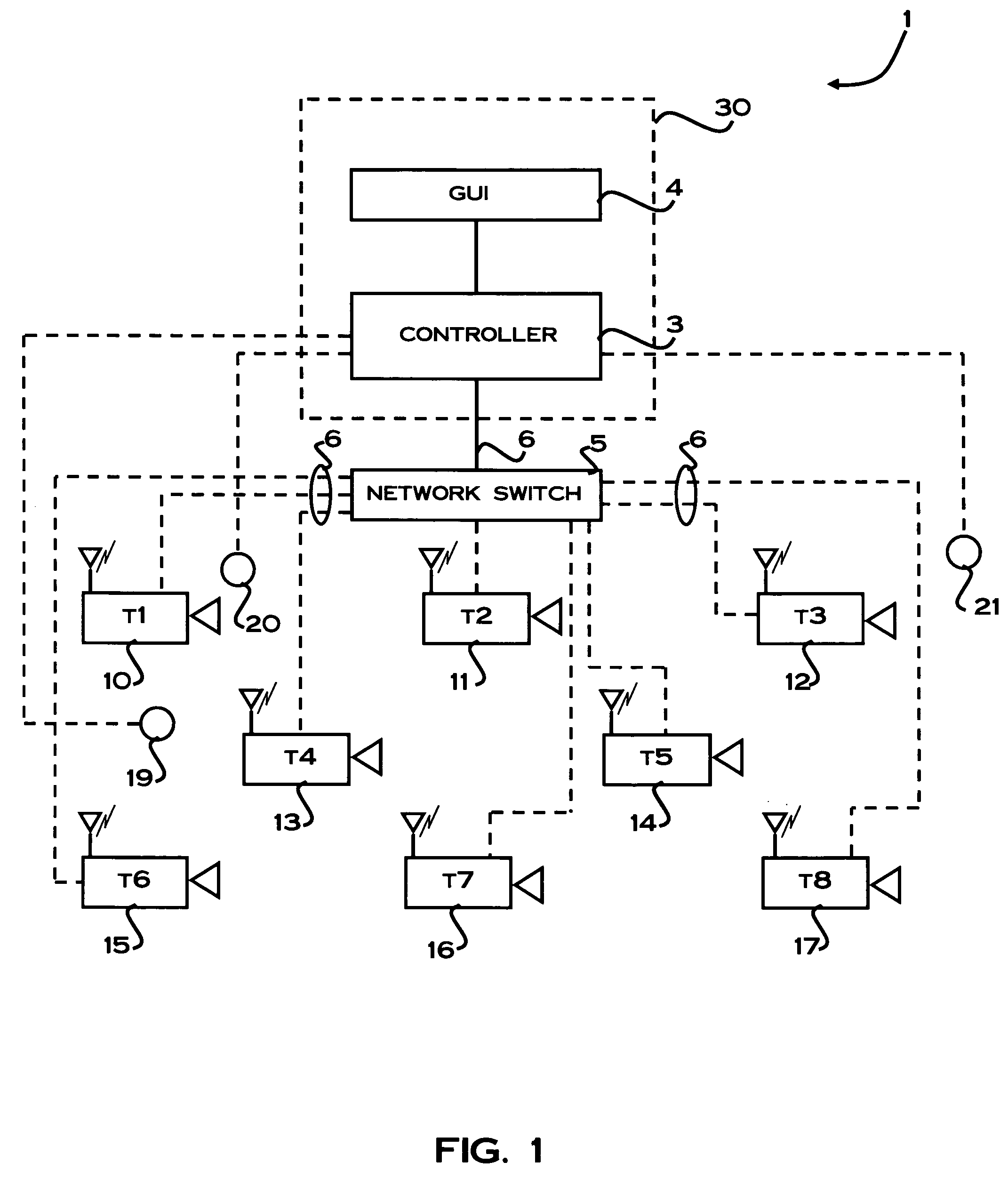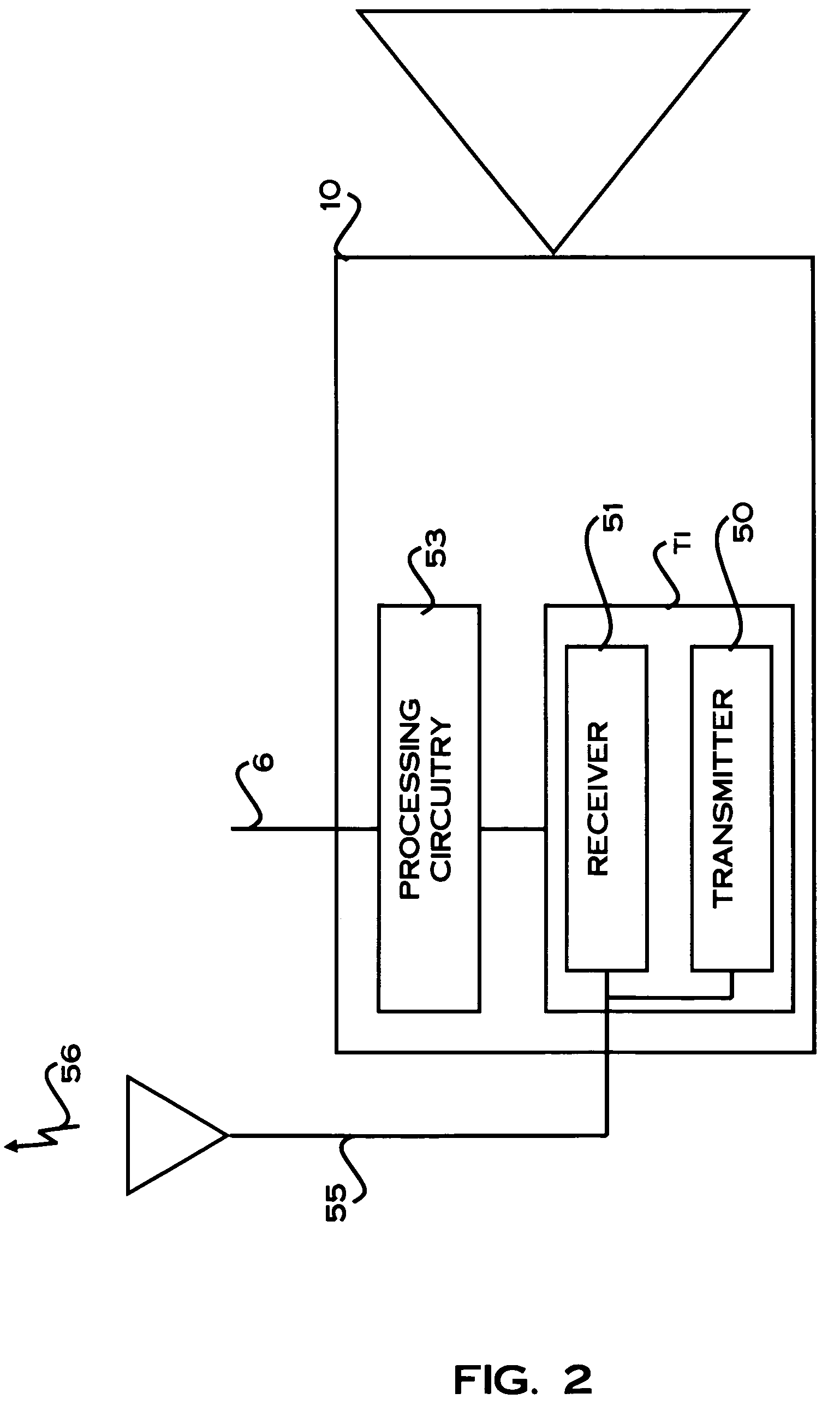Method and system for automatically estimating the spatial positions of cameras in a camera network
a camera network and spatial position technology, applied in the direction of cameras, instruments, printers, etc., can solve the problems of large camera network location information being difficult and expensive, information to be incorrect or non-existent, and cameras can become “lost” where they may be functioning, etc., to achieve quick and easy installation
- Summary
- Abstract
- Description
- Claims
- Application Information
AI Technical Summary
Benefits of technology
Problems solved by technology
Method used
Image
Examples
Embodiment Construction
[0034]The method and system for estimating the spatial positions of cameras in a camera network of the illustrative embodiments provides an approach to allow cameras to automatically estimate the distance between each other both inside and outside of a building where GPS service is not available. Furthermore, the method and system of the embodiments also provide an approach to enable self configuration of the camera network by automatically estimating the absolute locations of unknown cameras throughout the camera network. Using this approach, lost cameras can also be easily located and repaired. Also, a camera in the same vicinity of an event of interest can easily be discovered from the estimated locations of the cameras and the known location of the event of interest.
[0035]In order to explain the method for estimating the spatial position of cameras in a camera network according to the illustrative embodiment, reference will first be made to a suitable system for implementing the...
PUM
 Login to View More
Login to View More Abstract
Description
Claims
Application Information
 Login to View More
Login to View More - R&D
- Intellectual Property
- Life Sciences
- Materials
- Tech Scout
- Unparalleled Data Quality
- Higher Quality Content
- 60% Fewer Hallucinations
Browse by: Latest US Patents, China's latest patents, Technical Efficacy Thesaurus, Application Domain, Technology Topic, Popular Technical Reports.
© 2025 PatSnap. All rights reserved.Legal|Privacy policy|Modern Slavery Act Transparency Statement|Sitemap|About US| Contact US: help@patsnap.com



